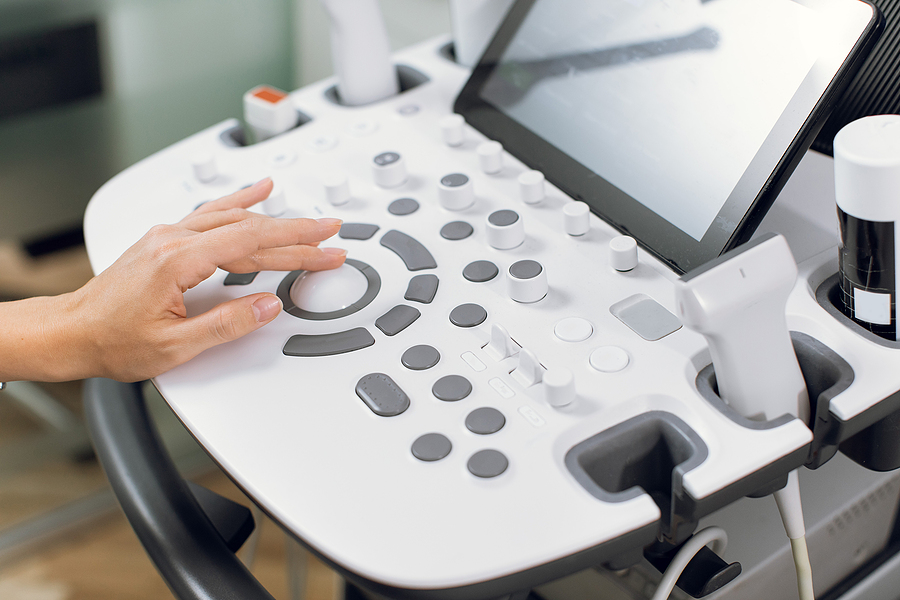Ultrasound machines have revolutionized medical imaging by allowing doctors to visualize internal structures in a safe and non-invasive way. These machines create real-time images of organs, tissues, and blood flow. Technological advancements have made several types of ultrasound machines available, each designed for specific medical applications. This article explores the different types to help you understand which might suit you.
Traditional 2D Ultrasound Machines
The traditional 2D ultrasound machines are the most commonly used and familiar to many people. They produce two-dimensional black-and-white images that provide a clear view of the internal structures being examined. These machines are often used for pregnancy scans, as they allow doctors to monitor the development of the fetus and detect any abnormalities.
3D Ultrasound Machines
Unlike 2D machines, 3D ultrasound machines create three-dimensional images that provide a more detailed view of the scanned area. These machines use advanced software to generate a three-dimensional image by combining multiple 2D images. 3D ultrasound machines are helpful in obstetrics, allowing parents to see their baby’s features more clearly and enabling doctors to identify specific congenital disabilities or complications.
4D Ultrasound Machines
4D ultrasound machines take the benefits of 3D imaging a step further by adding the element of time. They capture live video footage of the scanned area, creating a moving image or “real-time” view of the examined fetus or organ. This dynamic feature provides an enhanced understanding of the structure and function of the area under observation. 4D ultrasound machines are often used in obstetrics to monitor fetal movements and behavior.
Doppler Ultrasound Machines
Doppler ultrasound machines are designed to assess blood flow within the body. These machines use the Doppler effect, which detects changes in the frequency of sound waves reflected by moving blood cells. By analyzing these frequency changes, doctors can determine the blood flow’s speed and direction in vessels and detect any abnormalities. Doppler ultrasound machines are commonly used to evaluate blood flow in organs, such as the heart or kidneys, and to assess blood circulation in the limbs.

Portable Ultrasound Machines
Portable ultrasound machines have gained popularity in recent years due to their compact size and ease of use. These handheld devices offer convenience and flexibility, allowing healthcare professionals to perform ultrasound examinations at the bedside or in remote locations. These are particularly useful in emergency medicine, sports medicine, and rural healthcare settings where access to larger, stationary machines may be limited.
Choosing the Right Ultrasound Machine
Selecting a suitable ultrasound machine depends on various factors, including the intended application, budget, and the specific needs of the healthcare facility or practitioner. For example, a gynecologist may require a 4D ultrasound machine for detailed fetal assessments, while a primary care physician may find a portable device more suitable for quick diagnostic evaluations.
Consult medical professionals and ultrasound equipment specialists to determine the most appropriate machine for your specific requirements. Factors such as image quality, technical specifications, clinical evaluations, training and support, and long-term maintenance are also crucial.
In conclusion, ultrasound machines have come a long way in providing invaluable diagnostic information to healthcare professionals. From traditional 2D machines to advanced 4D and portable devices, a wide range of options are available. Understanding the different types and their applications will help you choose the right machine for your medical needs.
Image Source: BigStockPhoto.com (Licensed)
Related Categories: Health, Reviews, Tech








